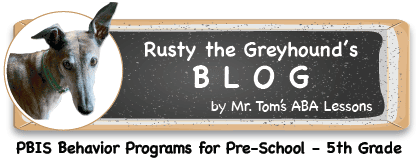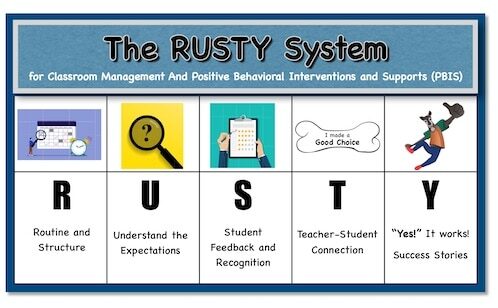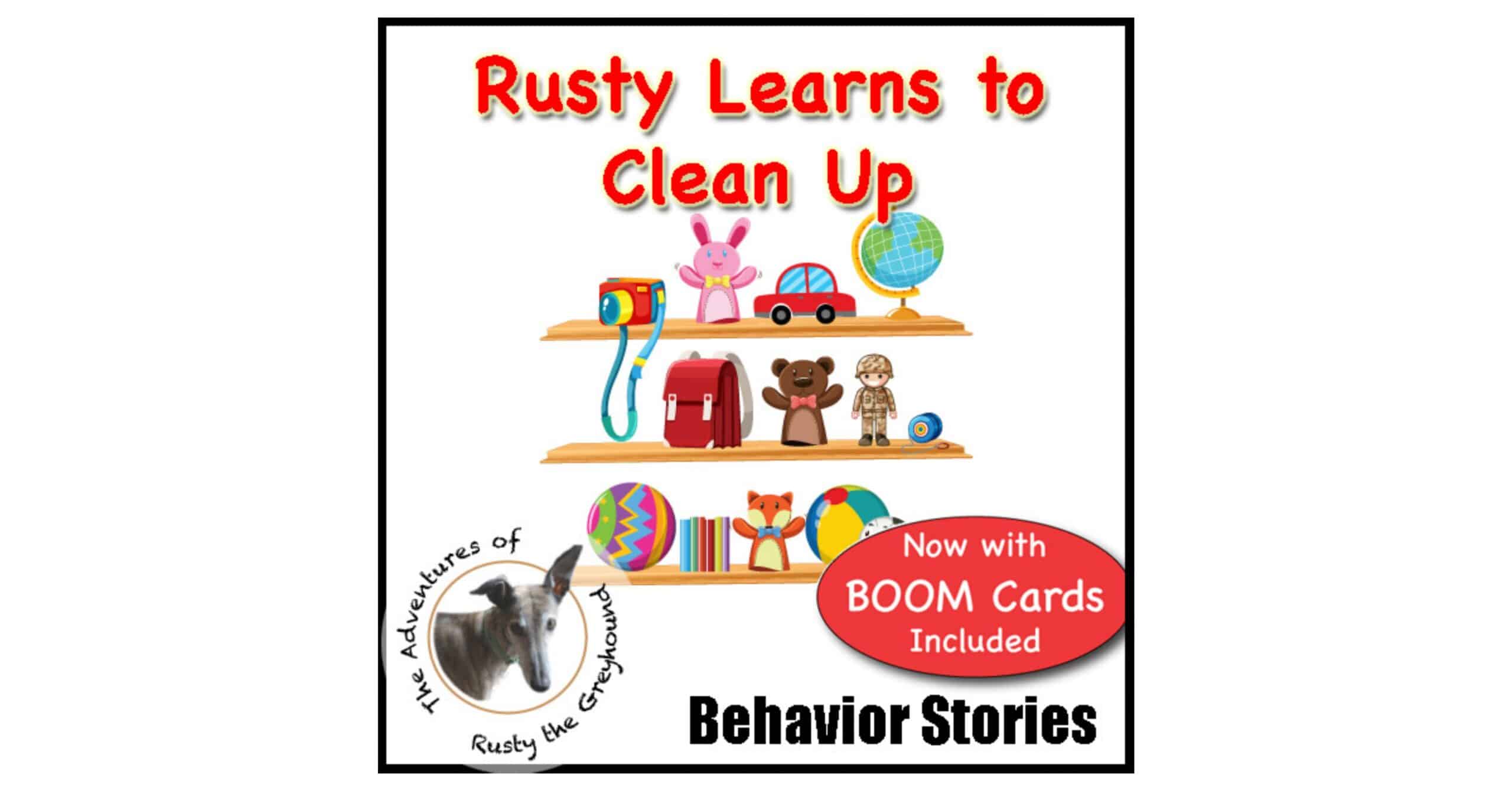
John C. Maxwell coined the famous saying in his book of the same name: Teamwork Makes the Dream Work. There are countless ways you can apply teamwork to the classroom. Clean-up time is no exception. Cleaning up is another routine and structure technique to improve classroom behavior (as the ‘R’ in RUSTY).
What are the benefits?
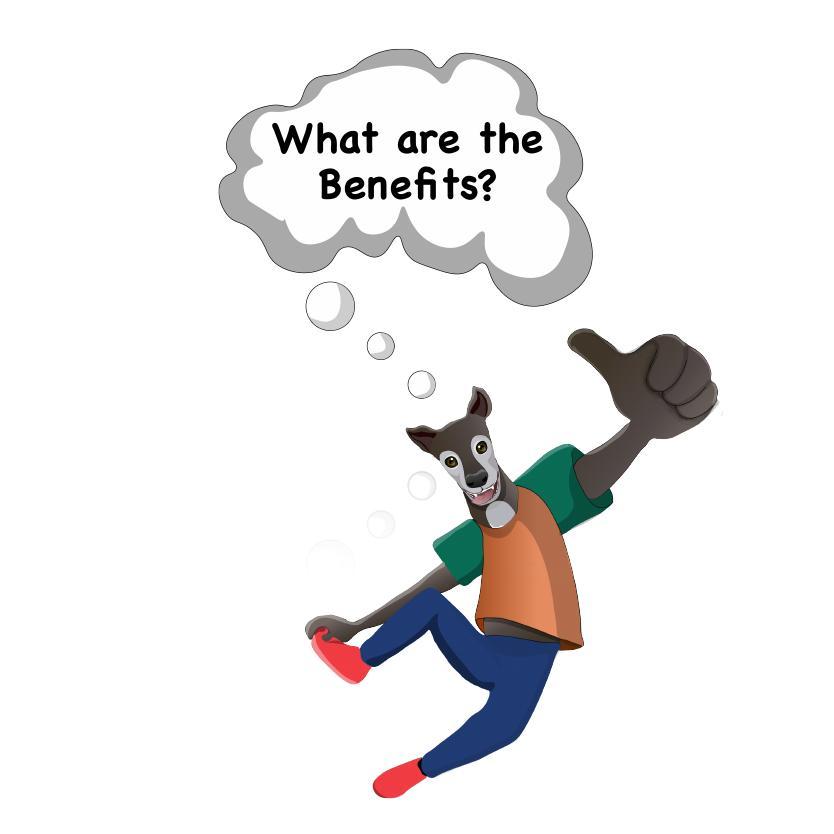
Classroom cleanup teaches an excellent habit that will encourage a tidier workspace and good work ethic. In an organized classroom, students (and you) know where everything is and goes.
You all share a safer, more productive learning environment without tripping over toys or searching for a glue stick. Get students involved in cleanup as a behavior management strategy.
Why does this matter?
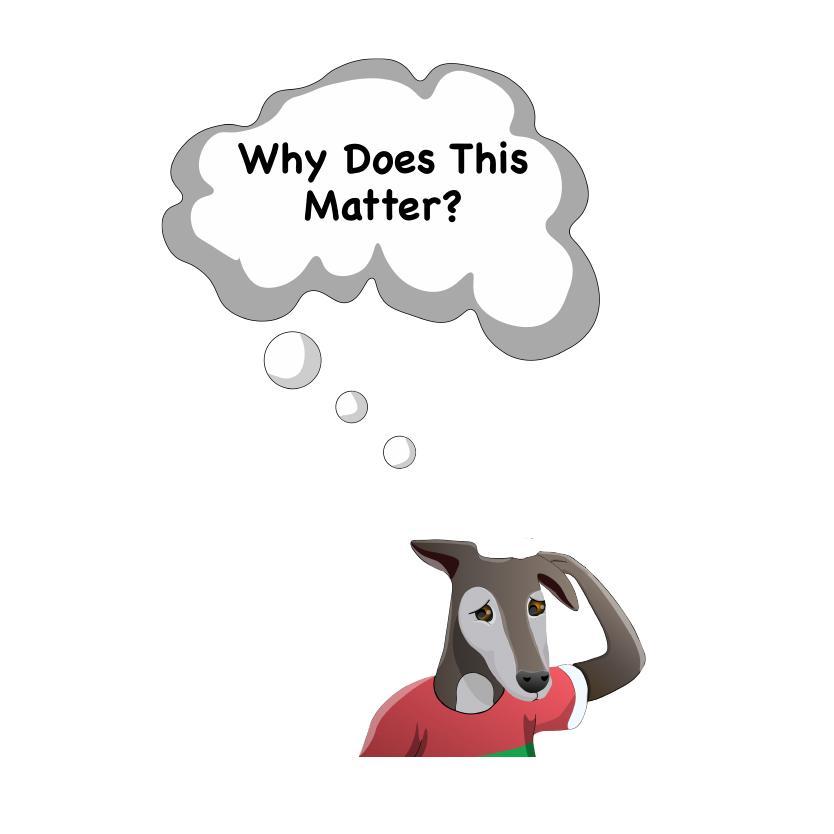
With a strong, consistent routine, students will understand the expectations for cleanup time. You can use fading to encourage independent cleanup. This behavior management strategy will support student success.
It is essential to always praise any attempt to clean up. For student feedback and engagement, the more the students independently clean up, the more of a reward or praise you give them.
What does this look like?
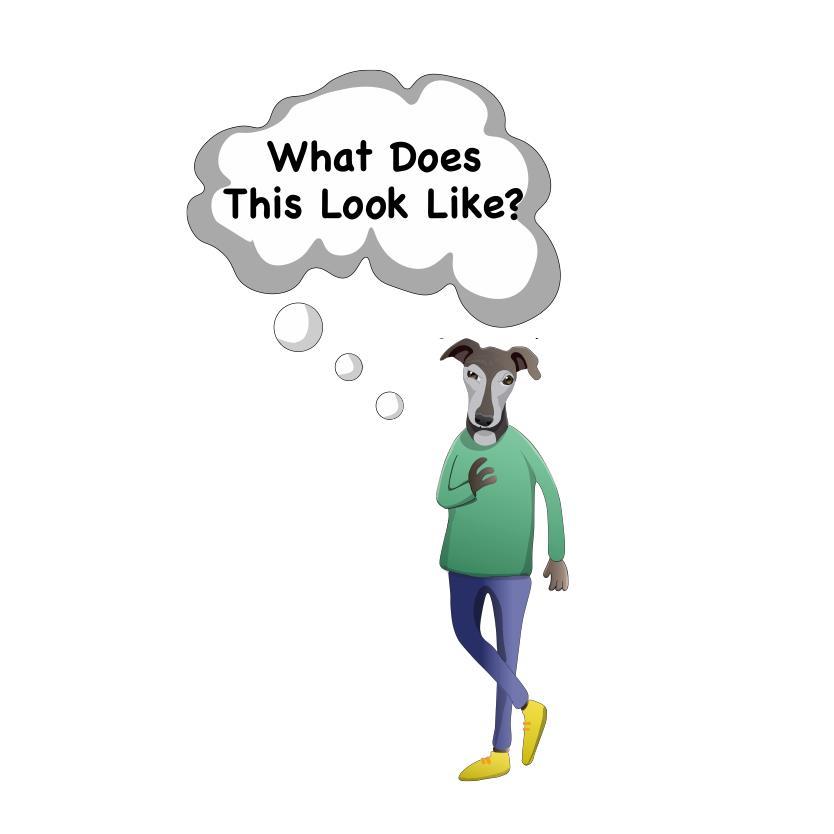
Start with the routine cue (like a PECS card with verbal instructions) that you will do every day and every time there is a cleanup. Set a visual timer where the kids can see how much time is left before cleaning up. As you set the timer, tell the students “it will be time to clean up when the timer goes off.” Once the timer does go off, say “it’s time to clean up the classroom.”
If a student refuses to clean up, use pairing to engage this child in the activity. Give student feedback to redirect this student with a small amount to clean up. Ask if they can help you: “Can you put this in the bin for me?” or “I’m not sure where this goes. Can you put it away?” Once this child puts away one toy, have them do more until everything is cleaned up.
Another student feedback and engagement option is modeling for the student how to clean up. Similar to the pairing technique above, don’t start with a large pile of toys because a large task can overwhelm the student. Start with one toy. Once they start cleaning up, you can have them clean up a larger pile/area of toys.
Repeated, daily cleanup time reinforces positive classroom behavior. A cluttered space makes for a cluttered mind. Instead, use this decluttering activity as a team-building exercise.


